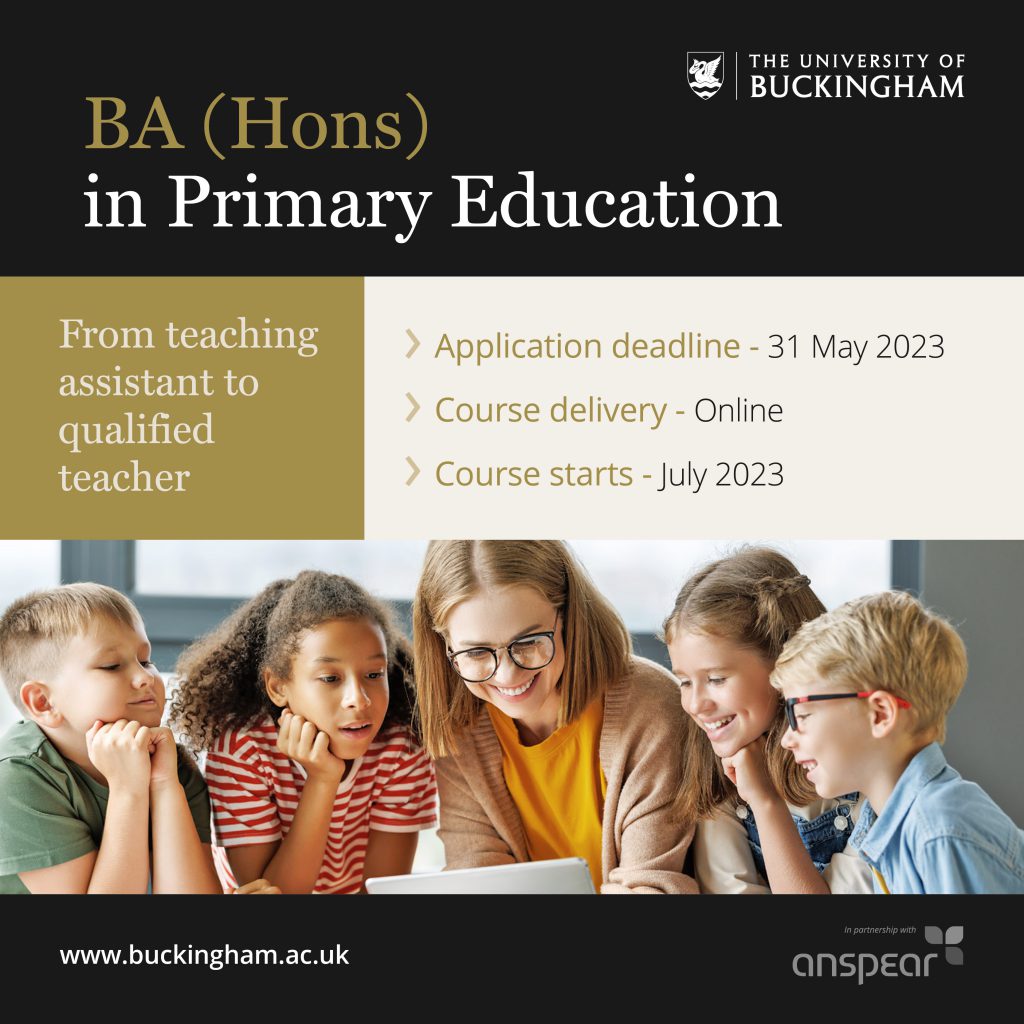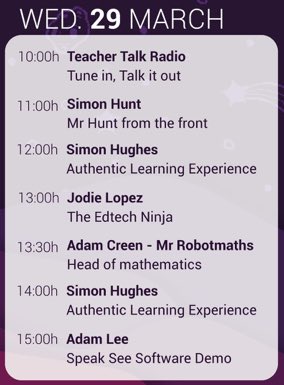Currently working as part of the team on the background theory for this welcome addition to the portfolio of ways to support recruitment and retention of teachers.

More info click here
Currently working as part of the team on the background theory for this welcome addition to the portfolio of ways to support recruitment and retention of teachers.

More info click here
BETT Presentation 2023

Please download a version of the slides that best suits your set up. There are no animations on the portable document format version (pdf)
To download a pdf version click here
To download a powerpoint version click here
For a version in Keynote format (the original) email info@simonhughes.info The file needs to be compressed to come under the 10Mb limit.
Where were you when you first heard the idea that, as a teacher or lecturer, you should provide children/pupils/students/learners with feedback? For anybody who had messed around in their youth with bands, mics, amps, guitars and performances, the idea that feedback was a good thing jarred. Surely feedback was a loud, jarring noise caused by the dynamic interaction of a speaker with an audio input device? How and in what ways could it be a useful ‘strategy’ for causing, enabling or facilitating ‘progress’, I wondered?
In the mid-80s (known by some in the profession as BNC – Before the National Curriculum), a teacher gave feedback through marking: usually ticks and flicks and sometimes comments; marks out of ten; alphanumerical grades; scales from ‘good’ to ‘try harder’, or the with-malice-aforethought, ‘see me’. Feedback, such as it was, was usually punitive and often accompanied by effective learning strategies such as copying it out several times – ‘drill and kill’.
And then came coursework. Industrial scale thinking, and considerable intellectual wrangling, went on about how to help children/pupils/students/learners improve their work without doing it for them. What feedback was effective and what might affect changes in the learning behaviours so that the next piece was better?
Like motherhood and apple pie, feedback has come to be evaluated as de facto a good thing. Every day children/pupils/students/learners receive instant feedback on their posts on ‘socials’. Feedback for many is little more than an emoji. We ❤️ or 🤬, or all others in between, what others say or write. Indeed in some educational settings, this was predicted with the use of ‘smiley faces’ indicating the teacher’s judgement of the… what..? completeness? effectiveness? accuracy? attention to detail? successful attainment of the learning objectives (LO) for a lesson? It is to be debated whether or not such symbolic or metaphorical ‘marking’ is any more or less effective than the ticks and flicks of yesteryear. And is it what is meant by those who advocate uncritically the use of feedback?:
Example 1: “High-quality feedback can be written or verbal; it is likely to be accurate and clear, encourage further effort, and provide specific guidance on how to improve.” ITT Core Content Framework (UK DfE, 2021 p. 23)
Example 2: “Formative assessment is granular. For the pupil, it provides feedback, ‘in the moment’, to improve.” Research Review Series: Religious Education (UK Ofsted, 2021 p. 38 NB it is necessary to convert the webpage into portable document format (PDF) to generate page numbers).
But what if feedback is actually still only just a ‘jarring noise’ that hurts the ears and puts off the person exposed to it – especially if it is provided orally? Reflective practitioners will look in their personal mirror at this point and bring to mind the children/pupils/students/learners who reacted viscerally or orally to feedback they gave that jarred with the recipient, upset them, or worse, put them off learning. It may not have affected my ability to do well at PE, but I can certainly remember some feedback from a PE teacher when I was 11 that literally hurt my ear… And all I did was put my plimsoll on the mat, not the floor (big difference 🤦).
Re-imagining feedback
Perhaps a new metaphor is needed to capture and make more positive this important aspect of the teacher/lecturer/facilitator’s repertoire of learning enhancement strategies.
Immersive activity 1: watch this clip of Jimi Hendrix playing the Star-Spangled Banner at Woodstock:
LINK HERE – apologies if you get the ads first from Youtube (acknowledgment to Youtube for access).
Consider the socio-geopolitical context of this act. 1968, Vietnam, Flower Power etc…
Consider the use Hendrix makes of the electronic feedback as part of the tune.
Ask yourself if this is just a collection of jarring noises or creative, maybe even a work of art?
Immersive activity 2: now watch this clip of Jacqueline du Pré playing the 1st Movement of Elgar’s ‘Cello Concerto
LINK HERE – apologies if you get the ads first from Youtube (acknowledgment to Youtube for access).
Consider the reality that this was recorded a year before Hendrix at Woodstock (1967).
Notice the interaction between the cellist and the conductor.
Notice how their communication contributes significantly to the performance, on top of the musicianship and expertise. Perhaps this is what is meant by feedback?
Now consider this picture:

Today, musical performances in television studios, or as live events ,are tightly controlled for sound by teams of engineers and roadies. Notice in the picture, the large floor-mounted speakers in front of the musicians. If you watch this performance on Youtube you will also see more clearly close ups of the artists with moulded ‘in-ear’ pieces. Standing behind them, as I was when this was being recorded, the musicians constantly ‘checked’ their sound with the crew who were operating a mixing desk, off screen from the cameras. The speakers are known in the business as ‘foldback’ speakers. To avoid feedback – a large jarring unpleasant noise – the engineers provide foldback to the artists. The system is designed and operated to improve the sound quality, enhance the performance and produce an almost faultless outcome.
Imagine if we re-imagined feedback as ‘foldback’ using the metaphors embedded in the paragraph above…
If you want to discuss this more, message me on info@simonhughes.info with the title ‘Earth, Wind and Fire Moment’ 😉